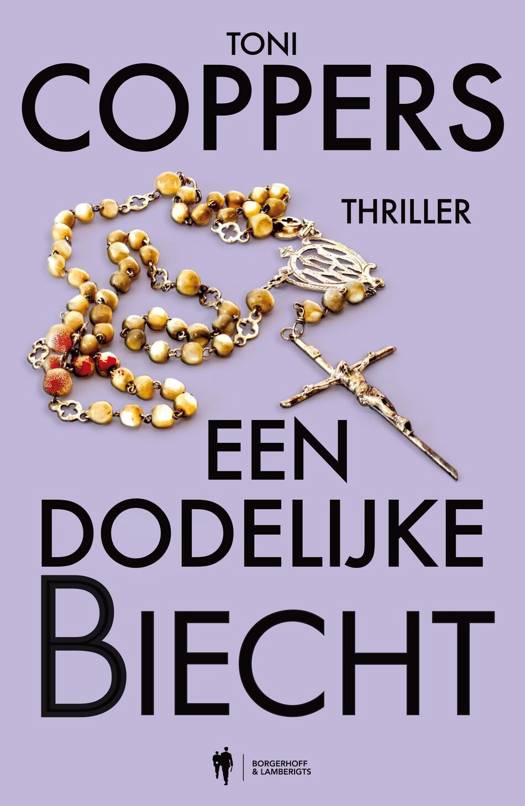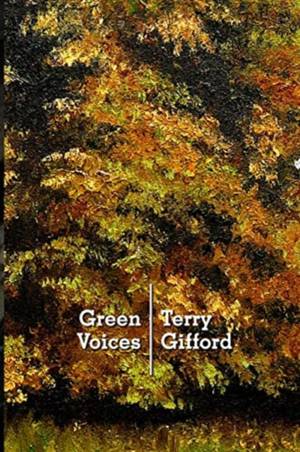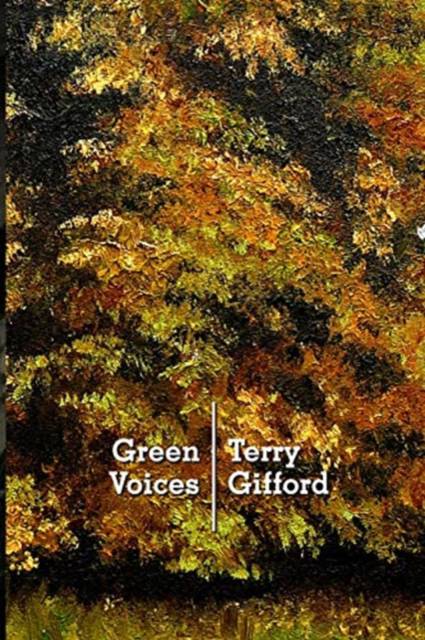
- Afhalen na 1 uur in een winkel met voorraad
- Gratis thuislevering in België vanaf € 30
- Ruim aanbod met 7 miljoen producten
- Afhalen na 1 uur in een winkel met voorraad
- Gratis thuislevering in België vanaf € 30
- Ruim aanbod met 7 miljoen producten
Zoeken
€ 13,95
+ 27 punten
Omschrijving
This text seeks to discover what different notions of nature actually underlie contemporary poetry, and how they relate to traditional assumptions about "nature" in the poetry of Ireland, Scotland, Wales and England. It also asks what new contributions to British nature poetry have been made by Black and Asian poets, by women and radical green poets. The author argues that the traditions of Pope and Goldsmith are continued in the present day by the likes of R.S. Thomas, George Mackay Brown, John Montague and Norman Nicholson. Patrick Kavanagh and others work in an "anti-pastoralist" tradition of Crabbe and Clare. Defining a "post-pastoral" poetry are Seamus Heaney, the successor to Wordsworth, and Ted Hughes, successor to Blake. In Scotland, Sorley Maclean's poetry has taken Gaelic nature poetry into the age of the nuclear threat. A chapter examining the attitudes towards the environment of 16 contemporary poets concludes the book.
Specificaties
Betrokkenen
- Auteur(s):
- Uitgeverij:
Inhoud
- Aantal bladzijden:
- 216
- Taal:
- Engels
Eigenschappen
- Productcode (EAN):
- 9781905510290
- Verschijningsdatum:
- 26/04/2017
- Uitvoering:
- Paperback
- Formaat:
- Trade paperback (VS)
- Afmetingen:
- 152 mm x 229 mm
- Gewicht:
- 322 g

Alleen bij Standaard Boekhandel
+ 27 punten op je klantenkaart van Standaard Boekhandel
Beoordelingen
We publiceren alleen reviews die voldoen aan de voorwaarden voor reviews. Bekijk onze voorwaarden voor reviews.











